With 60 years of Doctor Who episodes for us to enjoy, we take a look at how the storytelling style has changed since 1963…
The 1960s
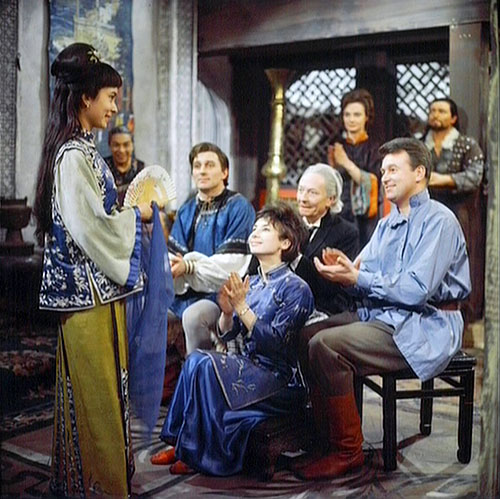
There was a clear remit for Doctor Who episodes when the programme first began. It was meant to be family-friendly, devoid of “bug-eyed monsters” and educational; the Doctor and his friends were supposed to experience real history, as well as enjoying adventures in the far future.
Of course, with the arrival of the Daleks and their subsequent popularity, the production team doubled down on their monster roster, and the 60s saw the arrival of such characters as the Zarbi, the Cybermen, the Yeti, the Ice Warriors and the Quarks… to name a few. But for the first half of the 60s, Doctor Who episodes more-or-less stuck to their educational mission, with the Doctor and his companions visiting Marco Polo, Richard the Lionheart, Ancient Rome, Ancient Greece, amongst other places.
It wasn’t until 1966 that the Doctor Who episodes started to become much more monster-heavy, and ‘The Highlanders’ was the last of the purely historical adventures (unless you count 1982’s ‘Black Orchid.’) Indeed, the Patrick Troughton years are often dubbed The Monster Era, with many of his adventures using the ‘base under siege’ template, often told over the course of six episodes.
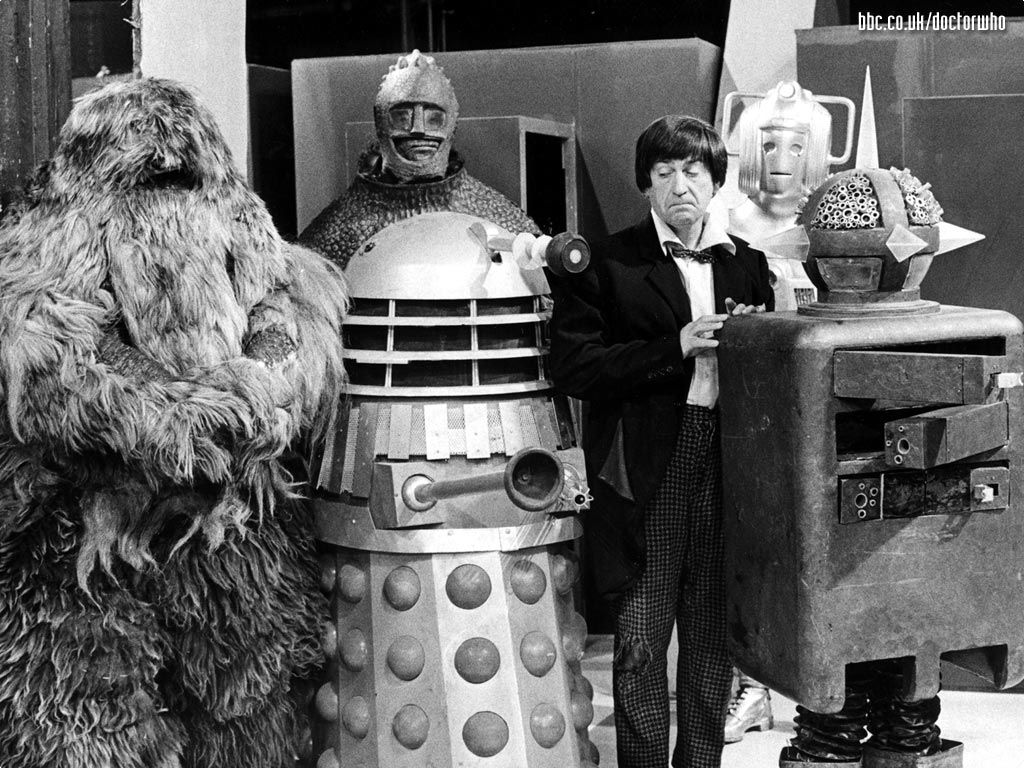
But the series was slowly starting to experiment with adventures set in the present day, rather than space stations and moonbases. 1966’s ‘The War Machines’ was the very first of these, and 1969’s eight part ‘The Invasion’ saw the Doctor team up with a military organisation called UNIT which would become integral to the series’ future…
The 1970s
In the early 70s, the BBC realised just how expensive Doctor Who episodes were to produce, and as a cost-cutting measure they came up with the idea of exiling the Doctor to Earth so that they could shoot his adventures on the streets. And so for the very earliest 70s seasons, all of the Doctor Who episodes were set in the present day, with the Doctor now working as the scientific advisor to the United Nations Intelligence Taskforce (or UNIT) led by Brigadier Lethbridge-Stewart.
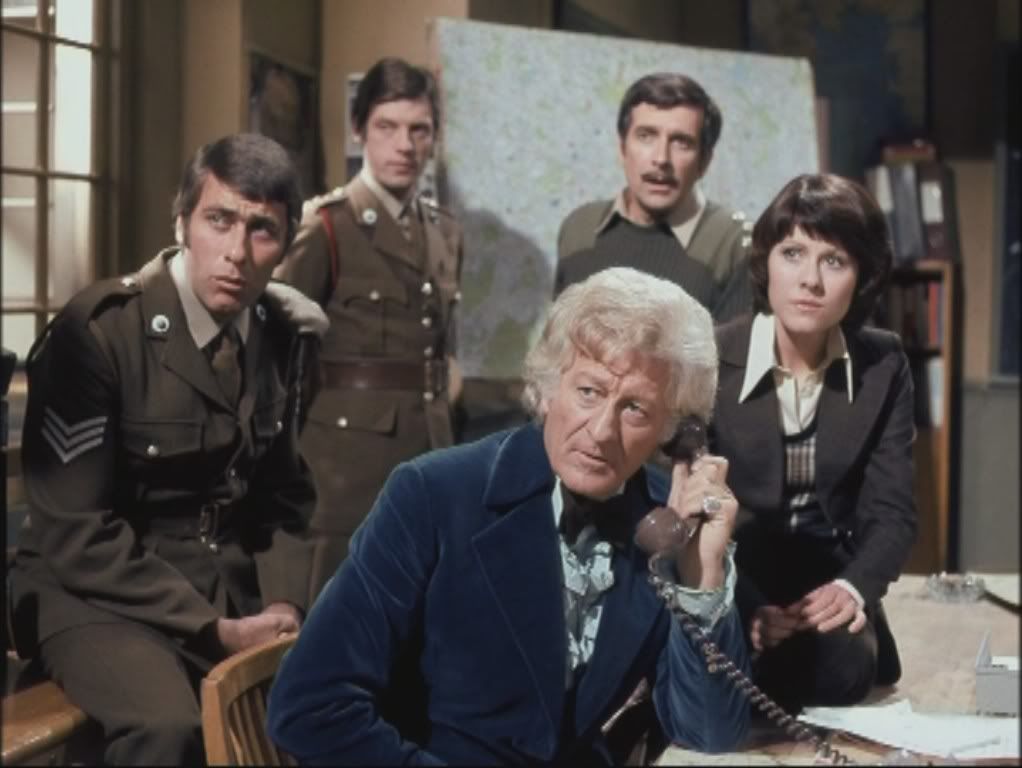
But as the 70s progressed, the production team were keen to get the Doctor back on his travels. And so after an initial one-off mission in the TARDIS in ‘Colony in Space,’ the Doctor was finally free to roam time and space again from ‘The Three Doctors’ onwards. After this, the Doctor Who episodes settled into a steady pattern of adventures set on alien planets and adventures set in the present day.
And although the production team were keen to phase UNIT out of the show when the Fourth Doctor arrived, they maintained this storytelling variety. Some adventures were set in the past, like ‘The Masque of Mandragora’ and ‘The Talons of Weng-Chiang,’ some were set in the present day like ‘Terror of the Zygons,’ and some were set on alien worlds like ‘The Face of Evil.’
Tonally, however, the Doctor Who stories of the 1970s were a real mix bag. Jon Pertwee was keen for the programme to become something of a science fiction James Bond, and so a number of his Doctor Who stories encompassed car chases, helicopters and gun fights, and were grounded in real scientific ideas.
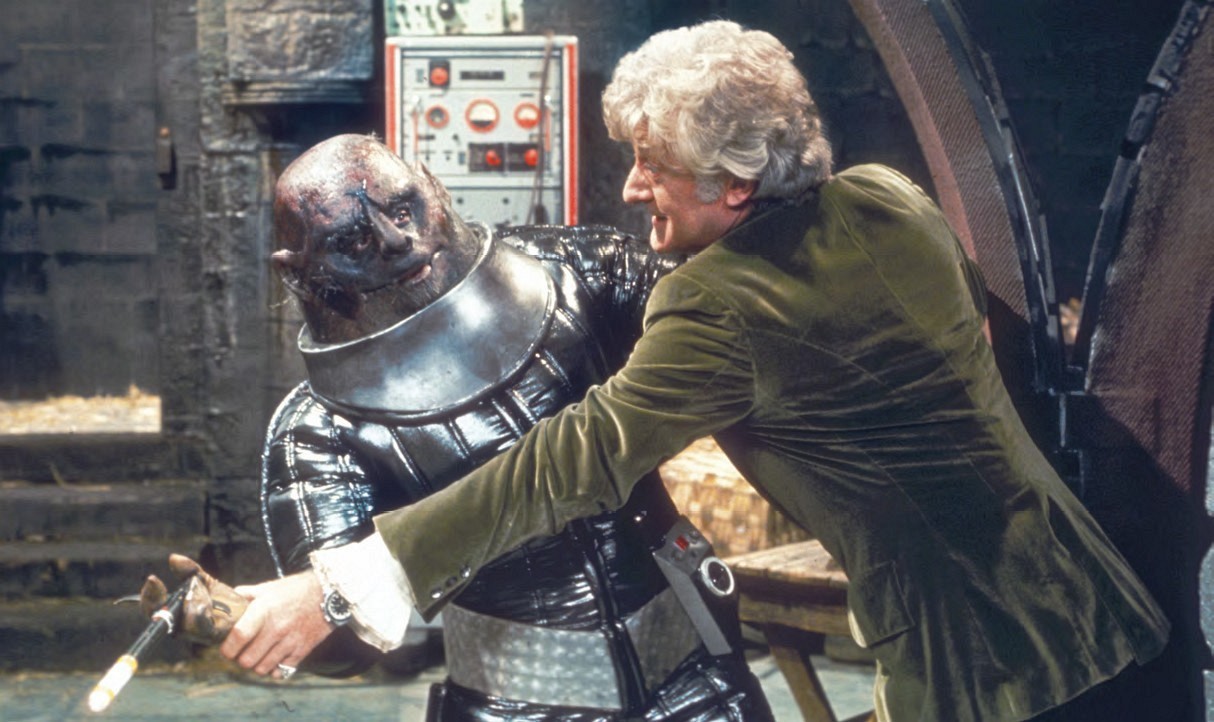
The Fourth Doctor, on the other hand, didn’t quite share his predecessor’s penchant for vehicles and gadgetry, but he wasn’t averse to stealing the occasional horse or partaking in a sword fight or two.
Overall, though, the Doctor Who stories of the late 70s were particularly comedy-laden. This was partly due to the criticism the programme had received from the campaigner Mary Whitehouse, who insisted that Doctor Who had become too violent and too frightening for children. So the production team made a conscious effort to lighten the tone, although at times the comedy was somewhat overplayed, ‘The Horns of Nimon’ being one of the best examples of this.
The 1980s
It’s strange to think that Doctor Who only had one producer throughout the 1980s, and yet this is exactly what happened. John Nathan-Turner took over the reins in 1980, and from the get-go he was keen to shake-up the Doctor Who episodes and jettison what he described as “undergraduate humour.” To this end, he hired writer and scientist Christopher H. Bidmead to devise adventures that were rooted in scientific reality, and focused entirely on four part serials. (Incidentally, 1979’s ‘The Armageddon Factor’ turned out to be the last six part story to be broadcast.)
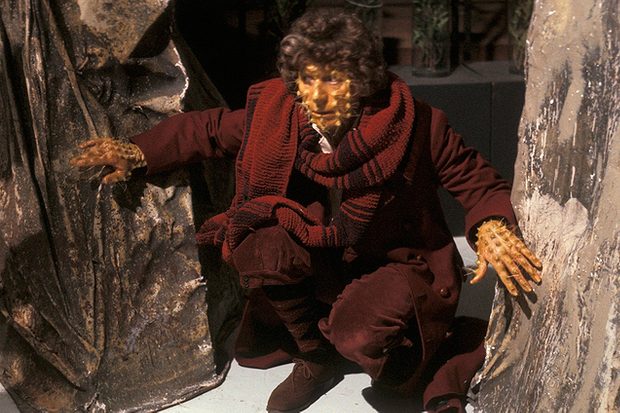
And so, for the first half of the 80s, the Doctor Who episodes took themselves incredibly seriously, dealing with such mind-melting ideas as tachyonics and block transfer computations.
But when script editor Eric Saward replaced Bidmead in 1982, there was a discernible shift in the tone of the Doctor Who episodes. The science still mattered, but many of Saward’s stories grew out of the characters and the adventures’ more adult themes. ‘Mawdryn Undead,’ for example, introduced the character of Vislor Turlough who joined the TARDIS crew solely for the purpose of trying to murder the Doctor. And then there were stories like ‘Vengeance on Varos’ which dealt with a society that lived on a TV diet of torture and capital punishment.
Things ground to a halt, however, when the BBC unexpectedly pulled the plug on Doctor Who in 1985, and the team’s plans for 1986’s Doctor Who episodes were consigned to the rubbish bin. When the series finally returned after an 18 month rest period, the team faced a curtailed season length (now 14 episodes, down from the traditional 26) and a mandate to – once again – introduce more comedy.
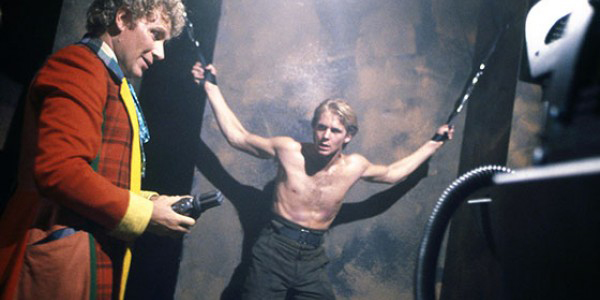
As a result, the Doctor Who episodes of the late 80s were perhaps the most pantomimic of the classic series. Perhaps the best example is 1987’s ‘Paradise Towers,’ which featured killer garbage trucks (the tower’s habitants were literally “taken to the cleaners”) and Richard Briers sporting a Hitler-esque moustache whilst commanding his subordinates with a distinctly nasal tone as the Chief Caretaker. Of course, the adventure has its fans, but it’s not frequently cited as one of the greatest Doctor Who stories ever made.
However, the show’s sense of mystery did start to return with the appointment of script editor Andrew Cartmel and his so-called Cartmel Masterplan, which sought to re-establish the Doctor’s enigma. Stories like ‘Remembrance of the Daleks‘ and ‘Silver Nemesis’ dropped tantalising hints about his origins, and by 1989 the show had returned to a more even keel. Yes, Sylvester McCoy’s Doctor had a lighter touch, but stories like ‘Ghost Light‘ (the last to be filmed) proved just how calculating and manipulative the Time Lord could be.
It is a shame, therefore, that these Doctor Who episodes came to such an abrupt end. The BBC finally pulled the plug on the programme in 1989, leaving the eponymous Doctor and his companion Ace adrift in time and space.
The 1990s
It’s almost impossible to sum up the 1990s in a single sentence. In this time period, the Doctor Who episodes were consigned to one-offs like the (possibly canon?) ‘Dimensions in Time‘ for Children in Need, and the (definitely not canon) ‘Curse of Fatal Death‘ for Comic Relief.
The only official adventure to be transmitted during this era was the 1996 TV movie which introduced Paul McGann as the Eighth Doctor. This was unlike any of the Doctor Who episodes which had come before and was targeted a much more mature, primarily American audience, even though it was a co-production between the BBC and Universal. And even though it was a ratings success in the UK, it failed to find its feet in the States, leaving the hapless Time Lord adrift once again.
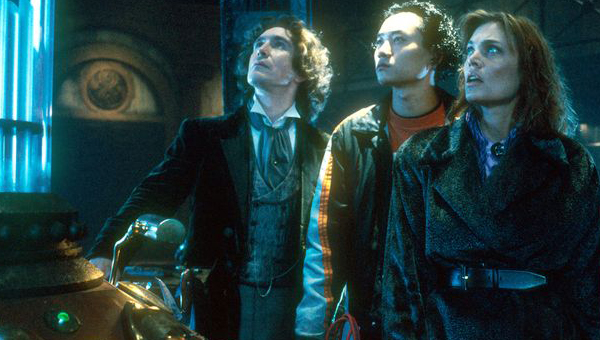
At the same time, the TV movie did (to some extent) provide the groundwork for the Doctor Who episodes which would follow under the guidance of Russell T Davies. Indeed, this adventure was the first time the Doctor had been involved in anything close to a love affair, and although fans were divided over the Doctor and Grace’s goodbye kiss in the closing moments, this scene would prove to be a sign of things to come.
The 2000s
By the time Doctor Who returned in 2005, broadband internet use had become commonplace. It was inevitable, therefore, that this next generation of Doctor Who episodes would be geared towards the audience of the online age, and a roster of supplementary digital content was delivered. The official Doctor Who website was updated on a weekly basis to tease the episodes that were upcoming up, and tie-in sites fanned the flames of fan discussion. This was because, for the first time, there was a season-long arc that was whipping everyone into a frenzy: who, or what, was the Bad Wolf, and what did it mean for the Doctor and Rose?
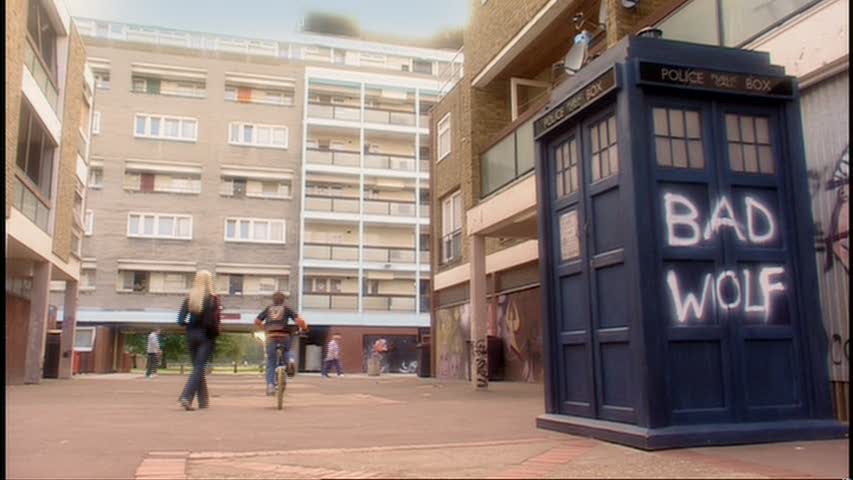
And as mentioned previously, the subject of love and romance was now much more central to the Doctor Who episodes. Whereas in the Classic Series it had often be used as a means of writing companions out (such as Susan, Jo Grant and Leela) in this new iteration, it very much underpinned the narrative – even if the eponymous Doctor did fall short of uttering the words “I love you.”
In Series One and Two, the Doctor Who episodes centred around the growing romance between the Time Lord and Rose. But by Series Three, the Doctor was in a state of grief, and the focus shifted towards Martha Jones’ unrequited love for him. Series Four, meanwhile, showed the Doctor at his most asexual, although Rose did return in its final three episodes. Plus of course there was the introduction of the infamous River Song, who was teased as his future wife.
And speaking of romance, this era saw the arrival of the first ever Doctor Who monster which feasted on ‘the climax’ – albeit as part of the Doctor Who spin-off series Torchwood starring the incorrigible Captain Jack. At the same time, New Who wasn’t afraid to include conversations about lust and sexuality in its stories, with Captain Jack Harkness being presented as the show’s first bisexual (pansexual?) companion.
The 2010s
Steven Moffat has written some of the most timey-wimey Doctor Who episodes of all time, so it makes sense that many of the stories from this era showed him at his complicated best. Indeed, in Series Five, he planted a secret scene in the episode ‘Flesh and Stone’ which was actually a future version of the Doctor visiting Amy from the series finale. And then there were adventures like ‘The Impossible Astronaut’ and ‘The Day of the Moon’ which didn’t make complete sense until people had seen the whole season.
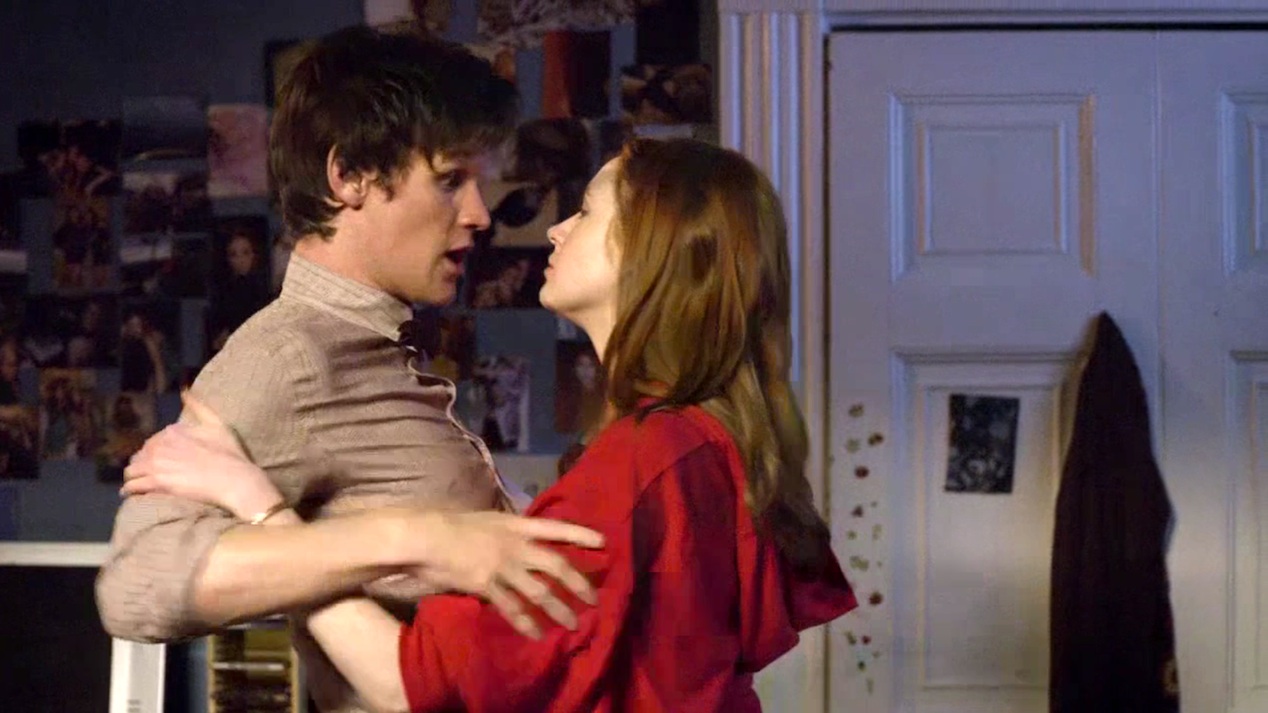
Overall, these Doctor Who episodes very much had the ‘box set generation’ in mind, and were written in a way that incentivised people to watch all 13 episodes to fully grasp what was happening.
This era also introduced the concept of split seasons, beginning with Series Six in 2011 which paused for a two month break in June before resuming at the end of August. This was partly for narrative effect; the first half of Series Six, for instance, ended with a game-changing cliffhanger in which River Song finally unveiled her identity.
As the 2010s progressed, the relationship between Doctor Who and social media became more evident. Conversations were spilling out of the forums and onto places like Facebook and Twitter – platforms that were more visible to the general public and the production team, and brought (literal) real-time reactions to the episodes as they were transmitted.
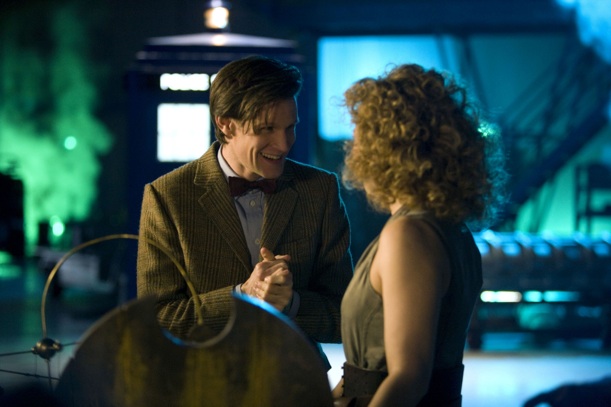
And whilst it’s impossible to say whether the Doctor Who episodes were crafted with the social media channels in mind, they must been an influence. Certainly, television programmes across the board were being crafted in such a way as to pivot around expectation-subverting moments and dramatic plot-twists. Perhaps the most humorous example of this was when Clara Oswald ‘revealed’ herself to be the Doctor in ‘Death in Heaven,’ with Jenna Coleman’s face integrated into the opening credits.
The 2020s
The current trend of plot twist-driven, expectation-subverting Doctor Who episodes continued in the early 2020s, with the reveal of Jo Martin as the forgotten Fugitive incarnation of the Doctor, and the infamous revelations of 2020’s ‘The Timeless Children.’
But with Russell T Davies having returned to the fold as the Doctor Who showrunner, speculation is rife as to whether he will look to build an expanded universe of Doctor Who spin-offs in the style of Marvel and Star Wars. This is because of an interview he gave before returning to the programme, in which he said: “There should be a Doctor Who channel now. You look at those Disney announcements, of all those new Star Wars and Marvel shows, you think, we should be sitting here announcing The Nyssa Adventures or The Return of Donna Noble, and you should have the Tenth and Eleventh Doctors together in a 10-part series. Genuinely.”
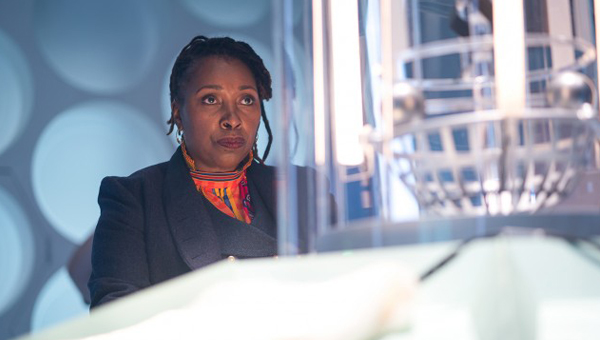
So it’s possible that future Doctor Who episodes could be told over multiple series, much like in the 2000s when Torchwood and The Sarah Jane Adventures ran alongside the main Doctor Who timeline. Because, this time round, the production team has the backing of Disney+, which is where Series Fourteen will debut worldwide (apart from the United Kingdom.) And Disney has invested considerably in a number of spin-off series for its other franchises like Star Wars, with the likes of The Mandalorian and Andor finding a degree of success on the Disney+ platform.
Looking ahead, how do you think the style of Doctor Who episodes will change as we progress into the 2020s? And what do you think is the best way of telling a Doctor Who adventure? Let us know in the comments below.









In the Patrick Troughton photo, is that a small Dalek or a very large Quark?
I think classic Doctor Who fans were analytical and suited the ‘box set generation’ before it was even a thing! 🙂
Where a lot of the Troughton episodes were lost or destroyed ,it would be good to see these refilmed and updated in future episodes as many were good stories and is a shame to see them lost on time.